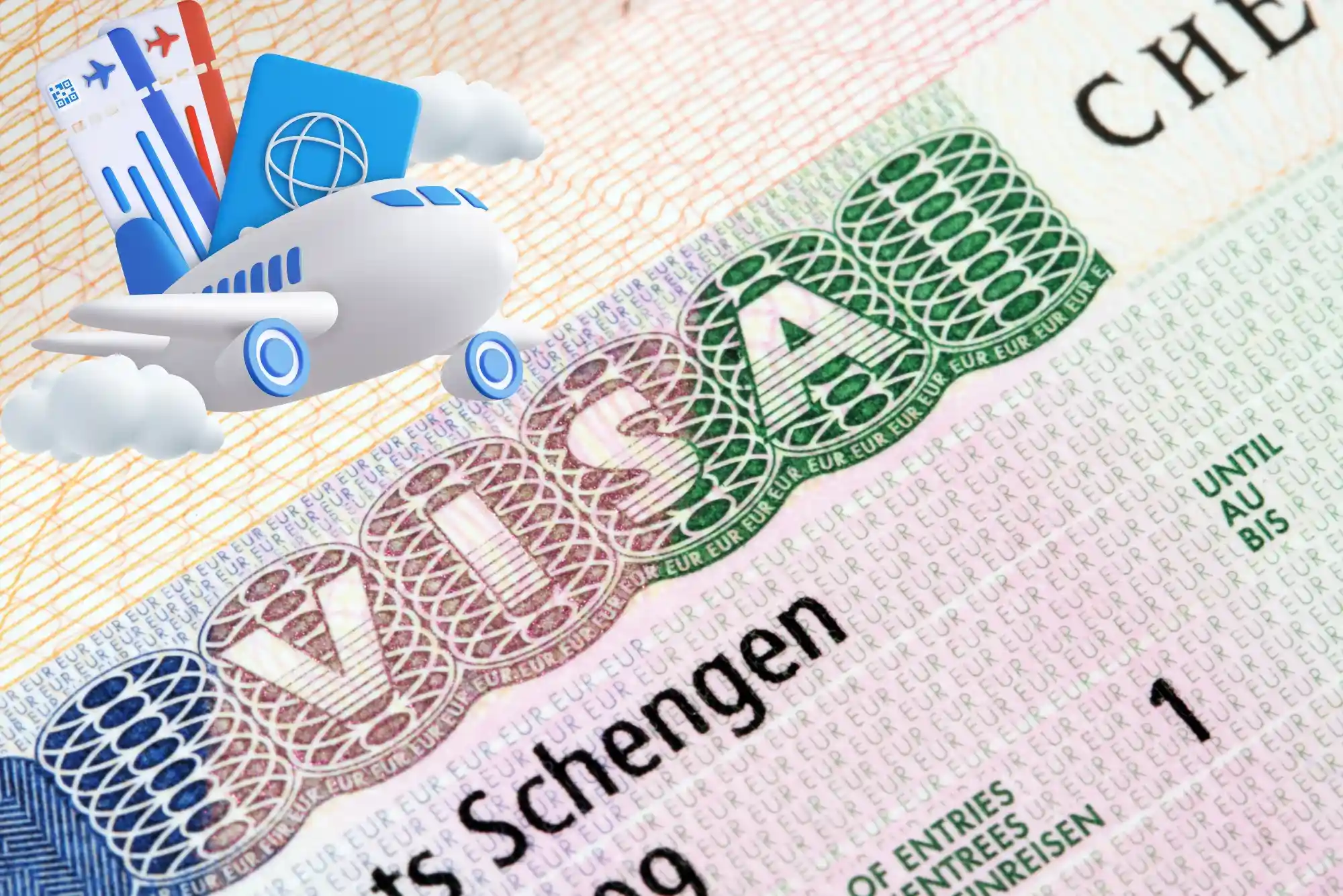If you’re planning a trip to Europe and your destination falls within the Schengen Area, you’ve probably heard that travel insurance is a mandatory part of your visa application. But between embassies asking for strict coverage and budget constraints, the biggest question travelers often face is: What is the cheapest travel insurance for a Schengen visa that still ticks all the boxes?
I’ve been through the process myself, and I’ve helped friends, students, and even family navigate it. So in this article, I’ll break down not just the “how much” but also the “why,” sharing helpful insights from personal experience, recent research, and tips that can save you both time and money.
Why Is Travel Insurance Required for a Schengen Visa?
The Schengen Zone consists of 27 European countries that have abolished internal borders, allowing people to move freely. While that’s great for travelers, the visa application process can be a bit of a maze, especially for citizens of non-Schengen countries.
One mandatory document is travel medical insurance. The Schengen rules state that your insurance must:
Cover at least €30,000 in medical expenses
Be valid for all Schengen member states
Be valid for the entire duration of your stay
Cover emergency medical treatment and repatriation
This requirement isn’t just bureaucratic red tape. Think about it: if something happens—an injury, illness, even a canceled trip—insurance can save you from massive unexpected bills. Still, no one wants to overspend on a policy they may never use.
What Determines the Cost of Schengen Visa Insurance?
The price of travel insurance varies depending on several factors. Some of the most common include:
Duration of your stay
Age of the traveler
Coverage details
Insurance provider
As someone who has personally helped students get short-stay visas for under €20 in insurance, I can tell you it’s possible to get both cheap and compliant insurance—you just need to know where to look.
Avoiding the Trap of “Too Cheap”
While the goal is to save money, be careful of going too cheap. Some budget insurance providers cut corners by:
Offering coverage that doesn’t meet Schengen requirements
Making it difficult to get your policy documents on time
Using fine print to exclude common issues like pre-existing conditions
Always check that your provider offers a printable insurance certificate (with your name, dates of coverage, and total amount covered), and that it clearly states compliance with Schengen visa rules.
My Experience Finding Budget-Friendly Schengen Insurance
When I applied for a Schengen visa for a 14-day trip to Italy, I did a ton of research comparing prices, coverage limits, and user reviews. My goal was to find a provider that offered low-cost plans but was also recognized by embassies.
After comparing several providers like Europ Assistance, Allianz, AXA, and HanseMerkur, I ended up going with AXA’s low-cost plan, and I’ve recommended it ever since.
One of the most popular and embassy-approved options for budget travelers is the AXA Schengen Low Cost plan. It checks all the boxes in terms of required coverage, and most importantly, it’s actually affordable. You can explore more about this option by visiting their official page for the cheapest travel insurance for Schengen visa.
I paid under €20 for 15 days of coverage, and the process was super smooth. I got my insurance certificate instantly via email, which I could then print and attach to my visa application. The embassy had zero issues accepting it.
Tips to Save More Without Compromising on Coverage
Here are some practical things I’ve learned from booking Schengen visa insurance for myself and others:
1. Book Insurance Only for Your Travel Dates
Don’t over-insure yourself. If you’re staying from June 1 to June 14, don’t buy a 30-day policy unless your embassy asks for a buffer.
2. Compare Plans Using Aggregator Sites
Sites like VisitorsCoverage, InsureMyTrip, or Squaremouth allow you to compare plans from multiple providers.
3. Be Wary of Add-ons You Don’t Need
Trip cancellation, lost luggage, or flight delay benefits sound great—but they’re not mandatory for Schengen visa approval.
4. Ask People Who Recently Applied
Embassy preferences and accepted providers may vary slightly by country. It’s worth getting updated advice from recent applicants.
Real-Life Scenarios Where Insurance Saved the Day
While many people (fortunately) never need to use their travel insurance, it’s worth understanding its real-world value.
A friend of mine from India traveled to Germany on a student visa and twisted his ankle while hiking. A quick trip to the ER and some imaging cost around €450—but thanks to his travel insurance, he paid nothing out of pocket.
Another case: One of my blog readers emailed me about how her Schengen visa was delayed because her original insurance only covered €10,000 instead of the required €30,000. She had to buy a new plan and re-submit her documents. That delayed her trip by 10 days.
Common Questions About Schengen Visa Insurance
Can I cancel and get a refund if my visa is denied?
Yes—many providers offer partial or full refunds if you show proof of visa rejection.
Is travel insurance needed even for a layover?
Yes—if you require a transit visa, Schengen-compliant travel insurance is still required.
How long should the insurance be valid?
It must cover the entire stay. Some embassies also recommend an additional day or two as a buffer.
Can I use my credit card insurance?
Only if it meets Schengen criteria and provides a detailed insurance certificate.
Final Thoughts: Budget Insurance That Works
If you’re applying for a Schengen visa, there’s no need to splurge on expensive, full-featured travel insurance unless you want added peace of mind. The cheapest travel insurance for Schengen visa applications can still offer reliable protection—just make sure it’s from a recognized provider and meets all the embassy’s mandatory criteria.
In my experience, AXA’s low-cost plan is a smart choice. But no matter which provider you choose, take a few minutes to verify the details, read the fine print, and make sure you’re not compromising essential coverage for the sake of saving a few euros.









